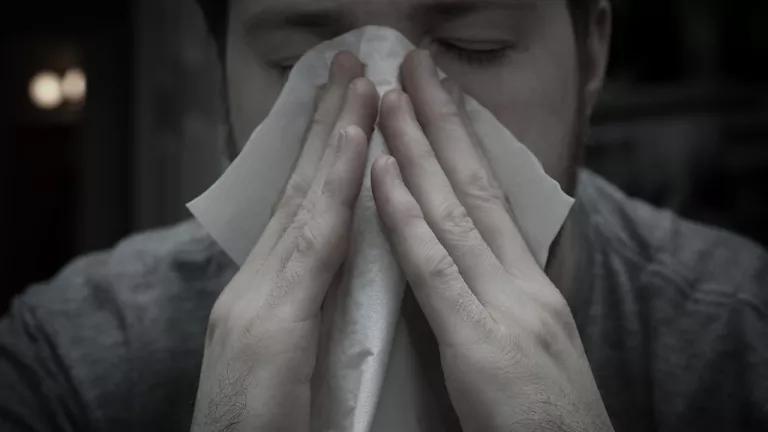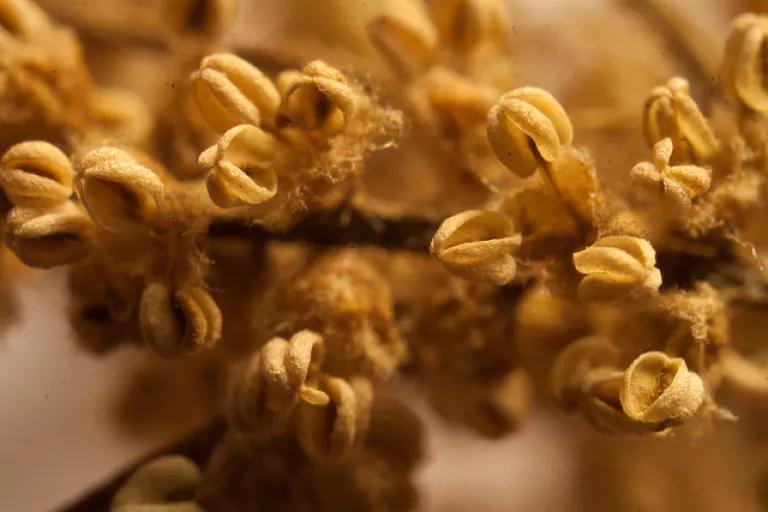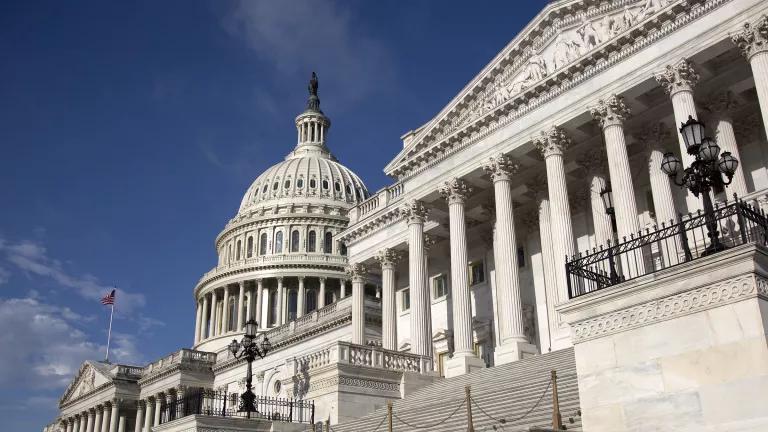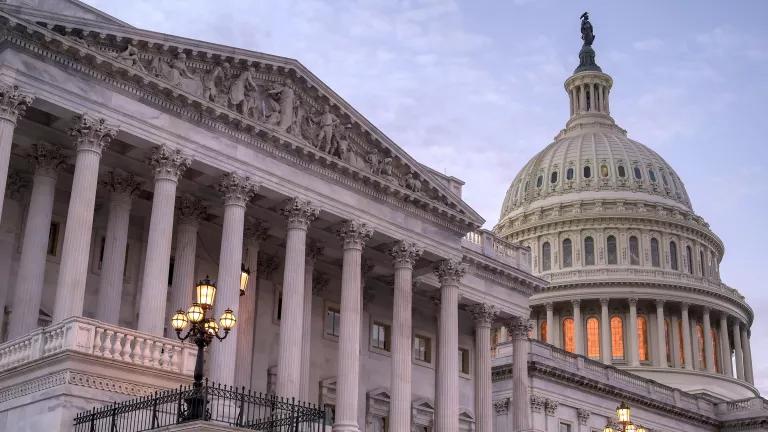When We Punch Mother Nature, She Punches Back

Spring allergy season was rough this year in the D.C. metro area, resulting in runny noses and swollen eyes among many of my friends and colleagues. As one quipped, “It looks like they were punched in the face … by Mother Nature.” Climate change is only going to make this fist fight with allergenic pollen worse, as we explore in our new climate and health map released this week.
Pollen allergies are a significant health and economic problem in the United States. Hay fever, a typically seasonal allergy to pollen, was diagnosed in about 20 million American adults in 2015 and reported in about 6 million children, at an estimated cost of more than $3 billion a year. Pollen also can trigger asthma attacks in the more than 24 million asthma sufferers in the United States.
The more pollen in the air, the harder it is for people to manage their allergy and asthma symptoms. For example, a recent study in New York found that increases in some types of spring pollen were strongly associated with peaks in over-the-counter allergy medication sales and emergency room visits for asthma. The associations were strongest in children aged 5 to 17.
Climate change is already making spring and fall allergy seasons worse in the United States. Rising carbon dioxide levels (i.e., “plant food”) and temperatures, as well as changes in rainfall, can increase pollen production and change the timing and duration of allergy seasons. A study of 50 monitoring sites across the United States found that pollen seasons for birch, oak, ragweed, mugwort, and grass started an average of three days earlier from 2001 to 2010 than in the 1990s. More importantly, the peak amount of pollen for those plants was 42 percent higher on average, while annual pollen production was 46 percent higher on average.

This story can have a happier ending, however, if we cut the pollution that’s driving climate change. For instance, recent research finds that even moderate reductions in carbon pollution could significantly reduce emergency room visits related to oak pollen. The study of U.S. hospitals in the Northeast, Southeast, and Midwest found that in 2010, about 21,200 people—mostly children—went to the emergency room seeking relief for their asthma symptoms related to oak pollen allergies. (About 11 percent of people in the United States are “sensitized” to oak pollen—the first step in developing an actual allergy.) The researchers estimated that failing to act on climate change could increase emergency room visits for oak pollen-related asthma by 10 percent in 2090, but moderate cuts to climate-changing pollution could slash that increase in half.
Unfortunately, the Trump administration is heading in the wrong direction when it comes to climate change policy. Instead of protecting our health by acting on climate, the administration is setting us up for the air quality equivalent of an Ultimate Fighting Championship match by attacking safeguards like the Clean Power Plan, threatening cuts to the U.S. Environmental Protection Agency’s budget, and withdrawing from the historic Paris climate agreement.
Want to show some love for Mother Nature and allergy sufferers today? Tell President Trump and his polluter allies in Congress that you won’t stand for rollbacks of critical climate and health protections.




